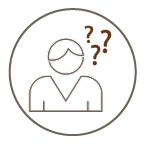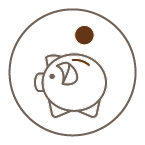Checking and Saving Accounts
Bank Accounts 101
Keeping Track
Things can move quickly, especially as bills for college and living expenses start to arrive. It’s important to know how much money you have in your bank account(s) at all times.
Use your check register
Keep your check register up to date with how and when you spend your money.
- Each time you write a check, withdraw money from an ATM, or use your debit card, enter the amount in the register, and subtract it from the total balance available.
- When you get paid or deposit a check or cash into your account, add it to your balance as a credit.
If your bank offers online and mobile banking, you can also use these tools to double-check what you spend. Many banks offer instant notices and weekly balance updates as well.
If you notice anything wrong, such as a purchase you don’t recognize, or a purchase amount that doesn’t match your receipt, contact the bank immediately.
Overdraft protection
Many banks offer overdraft protection in case you spend more money than you have in your account (being overdrawn). If this happens, the bank will lend you the money to cover the difference and then charge you a fee as well as interest.
Most times, if your account is already overdrawn, you won’t be able to spend more out of your account until you pay everything back and have a positive balance (more than $0). If you have other accounts with the bank, the bank may transfer money from these accounts to cover the overdraft.




